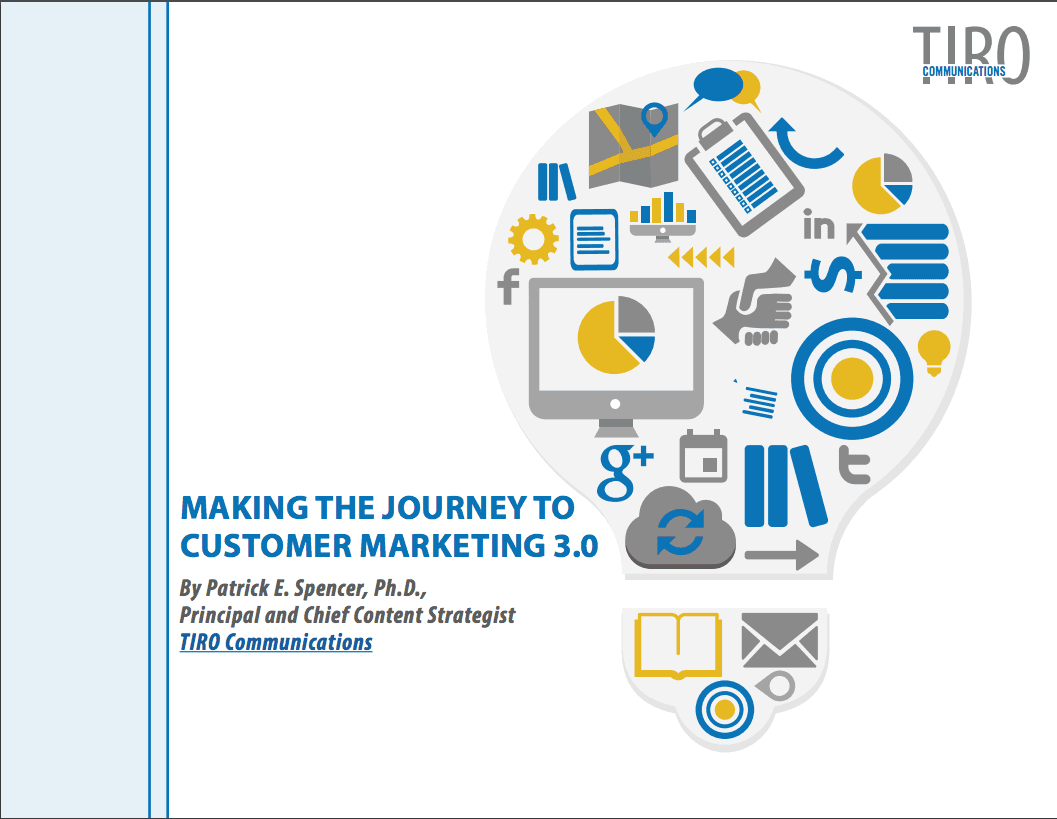Building the Perfect Blog
- By Patrick Spencer
- •
- 16 Aug, 2016
- •
15 Strategic Recommendations

With the right strategy in place, blogs can serve as critical engines for a marketing organization. As a starting point, blogs are great tools for generating inbound traffic, a significantly cheaper channel than outbound lead-generation programs. Eighty-two percent of companies that blog see a positive ROI for their inbound marketing programs. Outcomes organizations typically see as a result of blogs include more leads and opportunities, better prospect and customer engagement, and higher revenue.
And compared to companies that do not have blogs, those with blogs see better business outcomes:
· Produce 67% more leads
· 13x more likely to enjoy positive ROI
· Generate 97% more links to their website
The level of success your blog generates is contingent on a number of factors. The following are 15 recommendations that will help ensure that your blog is successful. For organizations just launching a blog, these serve as a critical checklist of things to do. For organizations with a blog, they provide you with the means to evaluate your blog strategy and execution and ascertain if changes are needed.
1. Design. How your blog site is designed makes a big difference when it comes to readership engagement. Critical factors you need to consider include the colors used (keep them simple), placement of the sidebar on the right side (readership decreases 15 to 25 percent when it is on the left side), utilization of a larger font size (at least 11 pt.), among others.
2. Brand Voice. Your blog is a critical part of your company’s brand voice. It needs to be consistent with your brand messaging and style guides. The following are some of the things that you need to consider: 1) vernacular (e.g., acronyms, use of conjunctions), 2) formal or casual—or somewhere between, 3) use of emoticons, 4) use of humor, 5) types of visuals used, and 6) overall tone.
3. SEO. Since one of the primary reasons for blogging is for inbound SEO traffic, making sure your website—or online community—as well as your posts are optimized for SEO is a critical requirement. There are a number of things that you need to remember here: 1) make sure your blog pages have appropriate title tags (viz., contain relevant and informative keywords) as well as meta descriptions (search results that appear below title tag), 2) always use ALT image tags in your blog posts, 3) use keywords found in the body of the blog post in your title, 4) pinpoint keywords (and associated topics) with the lowest competition and highest search volume, and 5) use titles no longer than 55 to 60 characters (as they get cut off in Google Search.
4. Curation. Curation can provide you with ideation for blog posts, as well as other content assets and even demand-gen campaigns. For blogs, curation generates measurable results such as 1) an increase in the number of posts, 2) higher inbound SEO traffic, 3) improved social engagement, 4) build your audience and leads, and 5) more time spent on your website. If you are curating content, there are a couple of things to remember. First, you need to ensure that you include your take on the curated asset; these need to be approximately 300 words in length. Second, in addition to short-form curated blog posts, you need to ensure that you follow a 60/40 rule and include a significant number of long-form posts with those curated short-form posts.
5. Long-Form Posts. Just a few years ago, we were talking about the optimal length of blog posts between 600 and 700 words. But ongoing search changes by Google have completely changed this landscape. The average length of time spent reading a post today is seven minutes; this equates to about 1,600 words. Some are arguing for even longer posts—between 2,250 and 2,500 words. These long-form posts not only generate a higher SEO ranking, but they elicit much better engagement (social shares, etc.).
6. Cross-Links. Building cross-links into your blog posts increases the stickiness of your website while allowing you to direct readers to demand-gen content that requires registration (for lead capture). One strategy that many marketers forget to do is adding cross-links into previously written blog posts (e.g., as new posts are added). What’s nice about cross-linking is that it is not only helpful to the reader (by supplying additional information or resources), but it is helpful to your SEO.
7. Interactive Engagement. Including the ability for readers to comment and even have interactive discussions on your blog posts drives higher engagement. One of the most effective ways to get readers to comment on the blog post is to employ pathos or ethos—make them feel something (inspirational, sadness, happiness, etc.). And if you want readers to comment, then you’d better respond to them when they do so. You can even make it fun by adding a top commentator widget to your blog navigation sidebar, a move that could increase commenting by 50 percent or more.
8. Subscription. Include the ability for visitors to subscribe to your posts. Email is the preferred over RSS, as the engagement of readers who subscribe to email is about four times higher than those who subscribe to RSS feeds. (I realize that we don’t have an email subscription on our blog. I remain hopeful that DudaOne.com adds the feature shortly.)
9. Visuals. You’ve probably heard the saying, “a picture is worth a 1,000 words”? Make it 60,000, and you would be closer to the truth. Ninety percent of the information the human brain processes are visual images, and these are processed at a rate of 60,000 faster than words. Retention of visual images is dramatically better as well: 10 to 20 percent of written or spoken information is retained after three days, while 65 percent of visuals can still be culled after that same timeframe.
10. Social Integration. Including your social buttons on your blog makes your posts more viral and ultimately drives more inbound SEO traffic to your blog (and website). Scrolling social buttons on the left-hand side make it much easier for readers to promote and/or comment about the post on their social channels, as much as 27 percent in some cases. (This is another feature I hope DudaOne.com will add to their platform.) Beyond promoting each blog post on different social networks, you should also post them to popular social bookmarking sites (e.g., Digg, StumbleUpon, etc.). These give you backlinks and help drive inbound SEO traffic.
11. Demand-Gen Integration. Two-thirds of buyers list blog posts as one of the content assets they leverage to research their solution options. Almost the same percentage indicate they share blog posts with colleagues and peers—a number that went up significantly this year. This makes sense considering that blog posts are a great way to distill prescriptive recommendations (prescriptive content is listed as the top content preference by buyers). With buyers listing web search and vendor websites as the top two ways they are informed about a solution, quality blog content that is integrated with your demand-gen strategy should be a top priority. Specifically, each of your campaigns need to have blog posts dedicated to driving awareness and ultimately traffic to content assets requiring lead-generation capture. But it is broader than above-the-funnel or top-of-the funnel activities, blog posts—either individually or aggregated in groups—can be used for middle-of-the-funnel activities as well (from email, to account-based marketing, to social, to ad retargeting).
12. Guest and Influencer Blog Posts. The well-known saying, “the more, the merrier,” certainly applies to blog posting. Companies with lower ROI call on fewer guest bloggers and staff writers, using only one author or a small handful of executives (some companies even make the egregious mistake of posting anonymously). Tapping guest bloggers—partners, influencers, and customers—builds your audience when they promote their posts on their own social and marketing channels. This also gives your advocates a chance to shine by showcasing their prowess while blogging about topics that are important to you and them.
13. BIOs. Building a connection with readers is an important part of a blog strategy. In fact, they actually are less likely to comment on blog posts unless they know something about the author. They also need to see the author in addition to reading about her or him; make sure to include a photo of the author along with her or his BIO.
14. Analytics and Reporting. There are a lot of different data points that you can measure when it comes to blogging. The Content Marketing Institute spells out 21 potential blog metrics that should be tracked. These can be consolidated into three primary buckets: 1) activities (blog posts published, threaded comment discussions, etc.), 2) brand awareness and engagement (blog audience and subscribers, inbound SEO traffic, social and email shares, etc.), and 3) business outcomes (leads generated, leads and opportunities influenced, etc.).
15. Frequency. The frequency of your blog posts directly determine your success. Sporadic blog posts don’t cut it, as you cannot build audience and thought leadership unless you post on a consistent and regular basis. For companies that do so, their blogs generate 55 percent more site visits, 97 percent more links to their websites, and a 434 percent higher page-indexing rate than those that fail to do so.
While the above isn’t a comprehensive list, it is a darn good start. You certainly have a much better chance of being in the 82 percent of companies with positive marketing ROI if you adhere to these.













